When did you last analyse your intranet and had the opportunity to think through what you want it to achieve? How can you simplify your intranet?
These topics were part of Tuesday’s #intranetnow workshop in London organised by Wedge Black @wedge.
Carolyne Mitchell @cal444 is the Team Leader of South Lanarkshire Council‘s newly formed Digital Team. Here she shares what she learnt at the event, via a detailed article for my blog. Over to you Carolyne…
 How to simplify your intranet
How to simplify your intranet
Other people get excited about going to a Take That concert or meeting a celebrity chef. Me, I prefer web superstars, so when I heard Gerry McGovern @gerrymgovern was running a How to Simplify your Intranet workshop in London, the fangirl in me went into overdrive.
I have read his books, joined his webinars and applied his top task theory to our organisation’s website but the intranet was a mystery wrapped in an enigma.
Following a service review, our team has just inherited the intranet from another department. So the timing of Gerry’s workshop was perfect for us – new team, new version of the content management system (CMS), new version of the intranet.
To kick off the workshop we went round the room and three main themes emerged:
- how to make a self-service intranet
- the competing needs of users, content creators and HR
- how to stop the intranet being the place where PDFs go to die
One delegate summed up his desire eloquently:
“I want the intranet to delight employees. They shouldn’t just tolerate it and it definitely shouldn’t disappoint.”
Gerry then asked us what one thing each of us would change tomorrow if we could and this again produced themes:
- introduce a top task approach
- make the intranet a place to collaborate
- make things easier to find
- make it accessible outside the network to allow remote working
- tighten up the governance
Then Gerry got down to business and believe me, his passion takes no prisoners.
“Your intranet should be the antidote to a bad week,” was one of his first comments. “It should be there to make your job easier. It’s not just there for adjusting flexi or booking holidays – it should help you with your day-to-day tasks and free up your time.”
And we were off.
Most of this is soundbites from my notes but I’ll try my best to make it flow.
Why base your intranet on top tasks?
 The first step to a great intranet is identifying the organisation’s top tasks, the important, most used ones. It also helps to know what the tiny tasks are too because this is where the ego of the organisation lies – the stuff managers want on but which don’t add value or simply aren’t used.
The first step to a great intranet is identifying the organisation’s top tasks, the important, most used ones. It also helps to know what the tiny tasks are too because this is where the ego of the organisation lies – the stuff managers want on but which don’t add value or simply aren’t used.
Tiny tasks go to bed at night and dream of being top tasks but they generally never do grow to be top tasks.
The metrics you use on your intranet will tell you some of this stuff but cold hard stats don’t give you context. Don’t rely on Google Analytics alone – you need to look at actual human behaviour.
Before you start on the quest to find your top tasks, identify the influencers in senior management and get their buy-in. You need their protection because you are the enemy of the tiny tasks and therefore the enemy of the egos of those who don’t get what you’re trying to do.
In the short-term, ditching tiny tasks will not win you friends.
Gerry described how the CEO of Aer Lingus booked flights on competitors’ websites during senior management meetings to show how it should be done – this is the kind of buy-in you need.
Stop creating content
Humans like to create things but hate to finish and maintain. They also hate to delete. This is why we have bloated websites and intranets.
Stop building and start managing – iterate, iterate, iterate. (Tweet this)
People are rewarded for creating but tell someone you deleted 50 documents and they raise their hands in horror – this needs to change. Deleting the stuff getting in the way of doing the top tasks is one of the most productive things you will ever do.
 If deleting is too scary, archive instead but you need a document retention plan. Archive nothing you will kill your intranet.
If deleting is too scary, archive instead but you need a document retention plan. Archive nothing you will kill your intranet.
Archive everything and you will kill your archive. Your archive is a fox and your intranet is a chicken – keep them together and all you have is a fox.
Measuring success
Tasks need to be measurable and you need to be able to set targets but whatever you do, don’t measure page hits – hits stands for How Idiots Track Success!
Don’t measure volume – measure use. Test your intranet and base decisions on evidence.
If there’s one thing that will get managers on your side it’s saving money or making efficiencies, and the savings we’re all aiming for on our organisations’ websites can be made on our intranets.
Channel value benchmarking for intranets. The argument for self-service. #intranetnow pic.twitter.com/qwShHKRuVP
— Carolyne Mitchell (@Cal444) May 12, 2015
Focus on what people do
 Manage the task, not the channel. Don’t manage the intranet or the content – manage the thing people are trying to do and if it means getting involved in changing the process in the back office, roll up your sleeves and get stuck in.
Manage the task, not the channel. Don’t manage the intranet or the content – manage the thing people are trying to do and if it means getting involved in changing the process in the back office, roll up your sleeves and get stuck in.
Always focus on the task. Bring the tools, policy, FAQ, news etc to the task – if they are standalone they are just noise.
Self-service is the buzzword of the moment for intranets but most content isn’t fit-for-purpose or even understandable without an expert to interpret it.
If it doesn’t help complete a task get rid of it. Policies are all well and good but people don’t look for a policy document – they just want to complete the task they came on to do.
If you need it to complete the task but people drop out, it needs rewriting.
Top task life cycle – identify task, measure the baseline (it will be horrible), make the changes, measure again, repeat indefinitely.
Navigation
Navigation is the most important part of a top task website. Make labels clear and avoid creating ‘dirty magnets’ – terms that attract users for vague reasons e.g. FAQs or Knowledge Base. 
Put things where people expect them to be. Documents may be produced by your legal department but don’t put them there if people naturally gravitate towards marketing for them.
Don’t use labels like ‘Useful links’ – what’s the alternative, ‘Useless links’? Start at your top level then work your way down, aiming for a 90% first click success rate.
Employees will trust an intranet that helps them do their job, not one that is used as a propaganda tool.
Research around the world shows that two thirds of employees feel overwhelmed – this is your business case for an intranet overhaul.
We wouldn’t accept broken chairs or desks in the office, but we accept a broken digital workplace. Imagine if content that went past its sell-by date started to smell. We wouldn’t tolerate it and we wouldn’t have the bloated intranets most of us have to put up with.
The difference between the web and the intranet is that on the web people spend a lot of time and money making sure their content can be found. On an intranet being found means having to do some work!
The intranet should delight employees. They shouldn’t just tolerate it. It definitely should not disappoint. #intranetnow
— Carolyne Mitchell (@Cal444) May 12, 2015
Gerry’s international research boils intranets down to five main navigation categories:
-
-
- About me
- Find people & collaboration
- News/current affairs
- About the company
- Core – the essence of what your organisation delivers
-
Focus on the core.
The future
Socitm are considering getting involved in intranets in a similar way to the Better Connected review they do of council websites each year. They attended Gerry’s workshop and we discussed creating a space to compare top tasks and best practice because, let’s face it, internal tasks are going to be pretty similar across the board. Watch this space for more details.
You can have a look at #intranetnow on Twitter where you will find notes and Periscope films from the organiser @Wedge .
You can also follow @GerryMcGovern for all things web and intranet and me @Cal444 for all sorts of stuff, including social media, digital comms, big data, open data and quite often photos of my dinner.
Post author: Carolyne Mitchell.
Further reading
Wedge’s thoughts via his live notes.
Picture credit: @charlesroper on Twitter.
First published on All Things IC blog 14 May 2015.











[…] Mitchell, Team Leader of South Lanarkshire Council’s Digital Team. Carolyne offered to write about Gerry’s workshop for Rachel Miller, so you should pop and read that for the full […]
[…] How to simplify your intranet […]